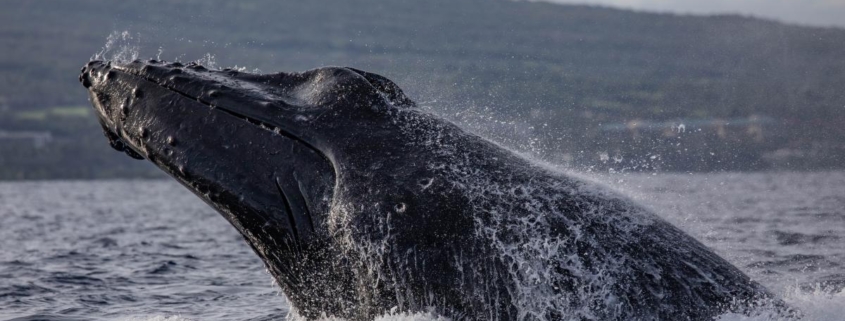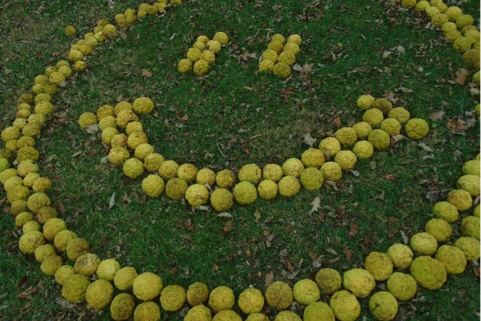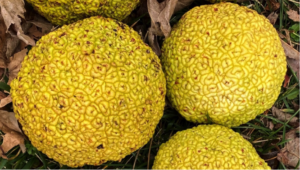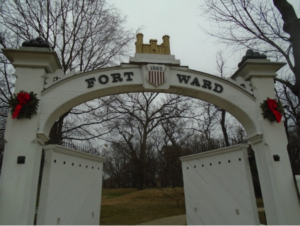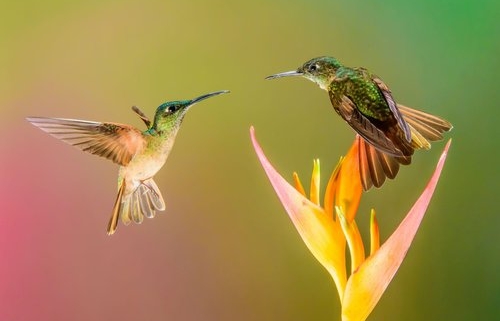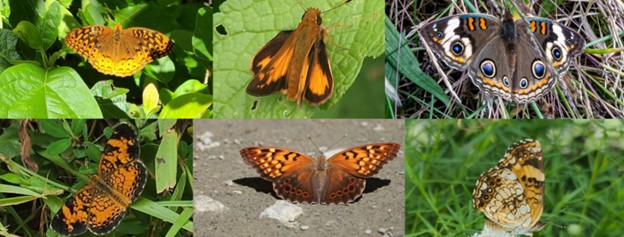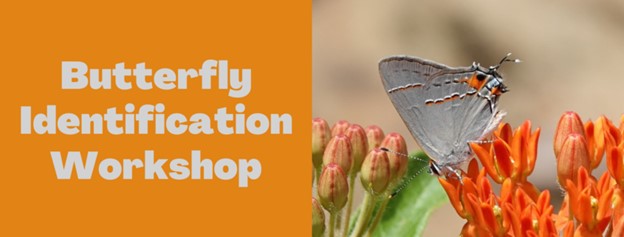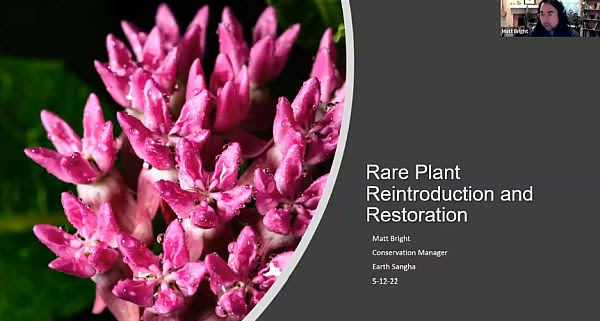Photo by J. Quinn
Below is a list of the various Stream Monitoring workshops and other monitoring opportunities in the area throughout June and July.
Accotink Creek Stream Monitoring
When: Saturday, June 11, 9:30 – 11:30am
Where: Accotink Creek, Springfield
Join Friends of Accotink Creek to monitor the health of the stream. For more information and to register, click here.
Little Hunting Creek Stream Monitoring Workshop
When: Sunday, June 12, 10:00am-12:30pm
Where: Paul Spring Stream Valley Park, Alexandria
This workshop was originally scheduled for April but was rained out… twice! Take this opportunity to join us as we visit the Paul Spring Branch of Little Hunting Creek for the first time in many years! Space is limited, please register for the workshop here.
Sugarland Run Stream Monitoring Workshop
When: Tuesday, June 21, 4:00-6:30pm
Where: Sugarland Run Stream Valley Park, Herndon
This site is close to one of the largest great blue heron rookeries in the area at Kincora along Route 28, and seeing these beautiful birds along Sugarland Run isn’t uncommon. What a nice bonus to complement Sugarland Run’s big crayfish and other mighty macros! Space is limited, please register for the workshop here.
Pohick Creek Stream Monitoring Workshop
When: Sunday, July 17, 10:00am-12:30pm
Where: Hidden Pond Nature Center, Springfield
This is the workshop site of a recently-retired stream monitor and is currently up for adoption. Come join us at this beautiful county park! Space is limited, please register for the workshop here.
Holmes Run Stream Monitoring Workshop
When: Saturday, July 23, 9:00-11:30am
Where: Holmes Run Stream Valley Park, Falls Church
This workshop site is ae easily-accessible location just downstream of Lake Barcroft. Come explore this beautiful spot in the Cameron Run watershed! Space is limited, please register for the workshop here.
More Training and Stream Monitoring Opportunities
The Northern Virginia Water and Soil Conservation District(NVSWCD) is very excited to contribute their stream data to state and national datasets. If anyone would like to see data from all the NVSWCD regional stream monitoring team’s active sites, the NVSWCD organization can be found on the Clean Water Hub. Keep in touch with NVSWCD on our Facebook and Instagram.


